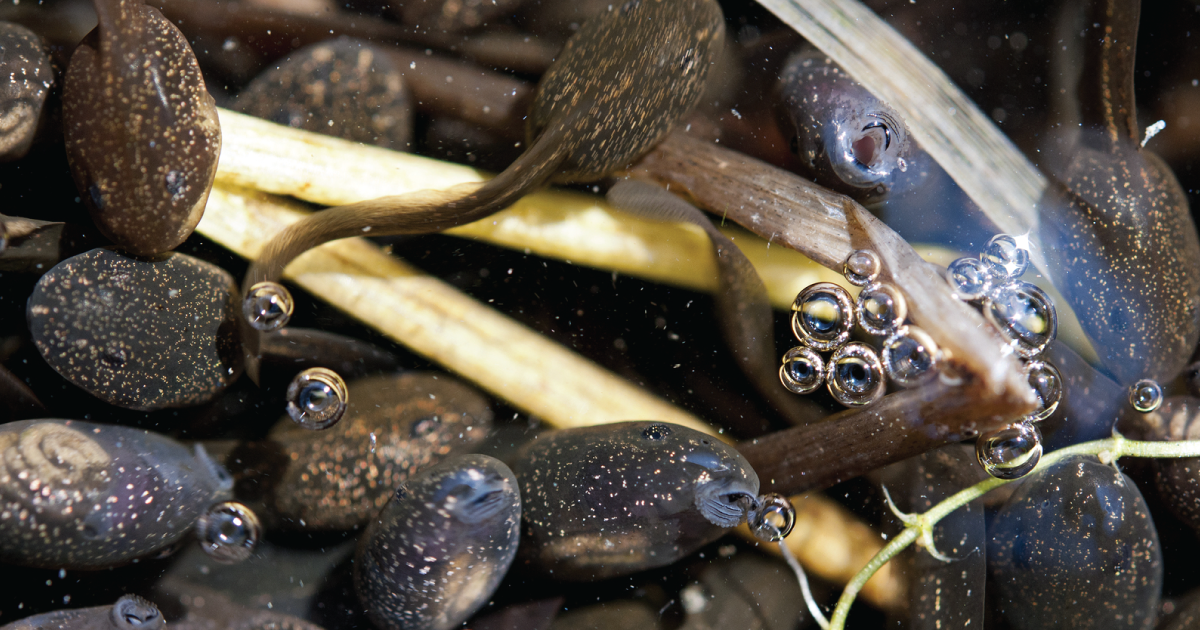
Pesticides in the Real World: The Consequences of GMO-Based Intensive Agriculture on Native Amphibians
Pesticide use has been suggested as one of the major drivers of the global amphibian decline. Laboratory and mesocosm studies have addressed several questions to understand the mechanism by which pesticides cause detrimental effects on amphibians.
December 13, 2019 | Source: Science Direct | by M. Gabriela Agostinia
Pesticide use has been suggested as one of the major drivers of the global amphibian decline. Laboratory and mesocosm studies have addressed several questions to understand the mechanism by which pesticides cause detrimental effects on amphibians. However, the extrapolation of those results to natural populations may not be adequate to predict environmental impacts or to understand the role of pesticides in the amphibian decline. By using in situ enclosures, we evaluated the effects (survival and mobility) of common pesticides applied by farmers (cypermethrin, chlorpyrifos, endosulfan, glyphosate, and 2,4-Dichlorophenoxyacetic acid) on tadpoles. We assessed these effects in four common amphibian species from South America across 91 ponds located in the Pampas of central Argentina. We found that survival decreased in 13 out of 20 pesticides applications concomitantly with detection of pesticides in water ponds. 48 h after applications, mixtures containing endosulfan or chlorpyrifos reduced tadpole survival to <1% while the cypermethrin mixtures reduced survival to 10%. In addition, we found impairment of mobility in all combination of pesticides, including glyphosate.
